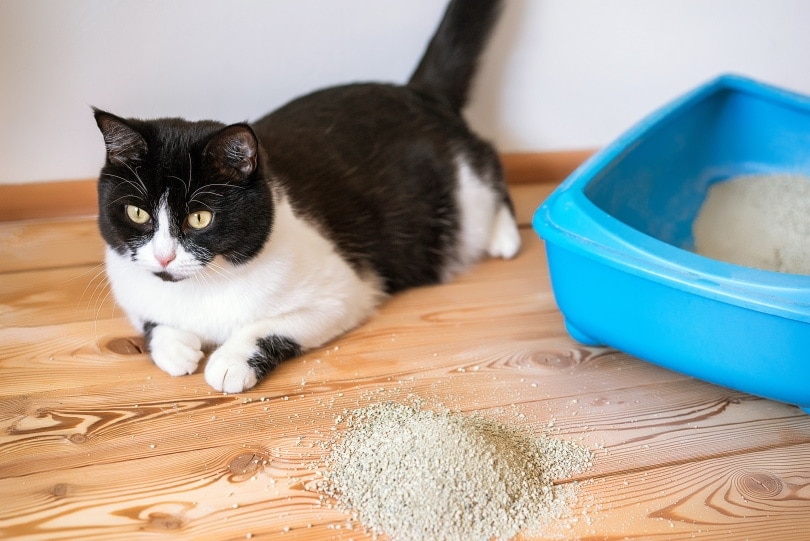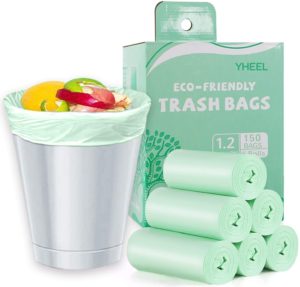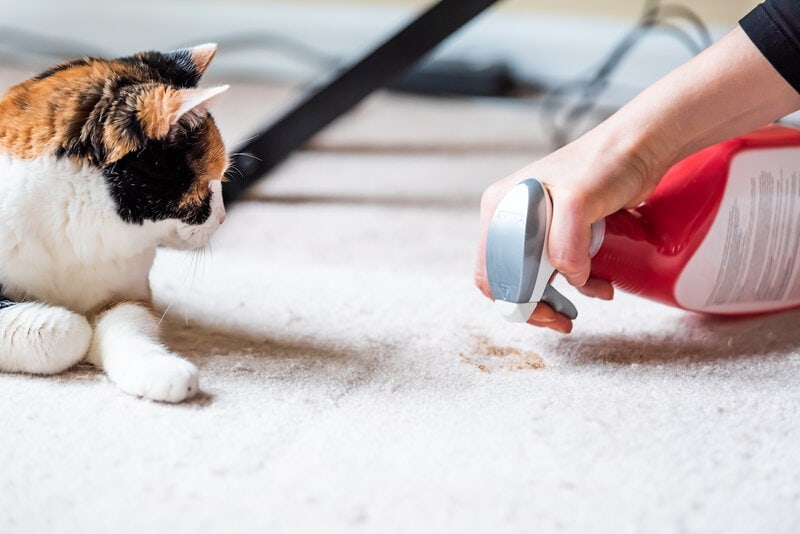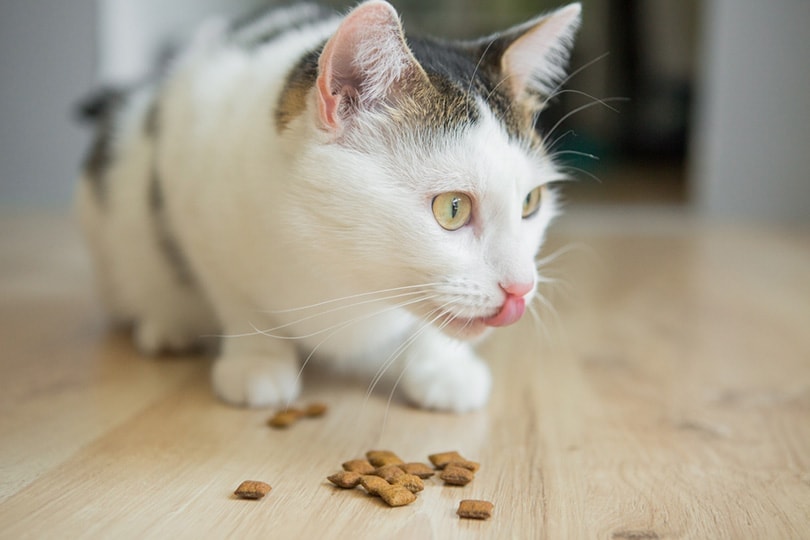Knowing how to properly dispose of cat litter is part of responsible cat parenthood. But what do you do with used cat litter?
Your duty extends beyond buying your cat the litter they like because improper disposal can negatively affect the environment.
Piles of non-biodegradable garbage dumped into landfills, clogged drain pipes, and contaminated waterways are just a few of the main issues with cat litter that has been improperly discarded.
So, what is the best way to dispose of cat litter? We discuss the few simple changes you can make that will make a world of a difference when disposing of your cat’s litter waste.
1. Using a Trash Can to Dispose of Cat Litter
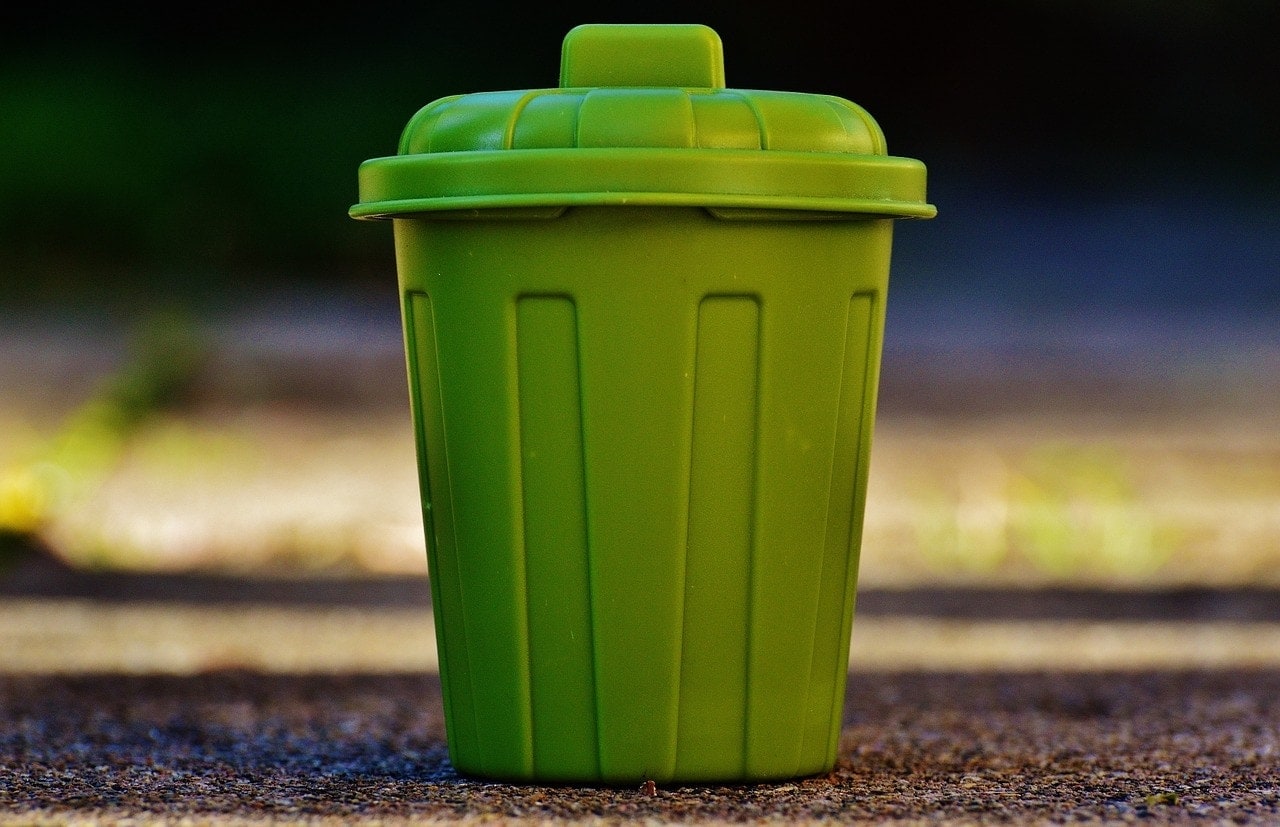
One of the most common methods of litter disposal is to simply use a trash can. Most communities already have their way of segregating wastes properly so this would be considered a safe and responsible method. Before tossing a bag of used cat litter into the trash, there a few preliminary steps we recommend.
Purchase heavy-duty bags for heavier cat litter
One thing you’ll want to avoid is a torn trash bag and spilled cat litter. The best way to prevent such messes is to invest in heavy-duty trash bags, which is especially necessary if you’re using clay cat litters. Clay-based litters are pretty dense, so they can easily stretch and tear through a regular trash bag.
If heavy-duty bags are not in your budget or you prefer to use the bags you have on hand, consider doubling them up. This process can provide extra support when carrying a dense litter.
If you have multiple cats who share a litter box or multiple boxes, it still pays to use a thick trash bag or to double up thinner bags as the total volume of litter you’re going to dispose of will be much higher.
Put a trash bag in the trash can before you pour in the cat litter
You’ve probably tried holding a trash bag with one hand and attempt to pour the litter in using the other without spilling, which usually results in another mess to clean up. A quick and easy solution would be to purchase a designated litter trash can. Place your trash bag inside of the can, so both hands are free to transfer the litter into the bag. The can will provide structural support while holding the bag wide open and steady. You should be able to make a smooth transfer without the fear of unnecessary, and unsanitary, spills. Simply tie off before picking up and you’re done!
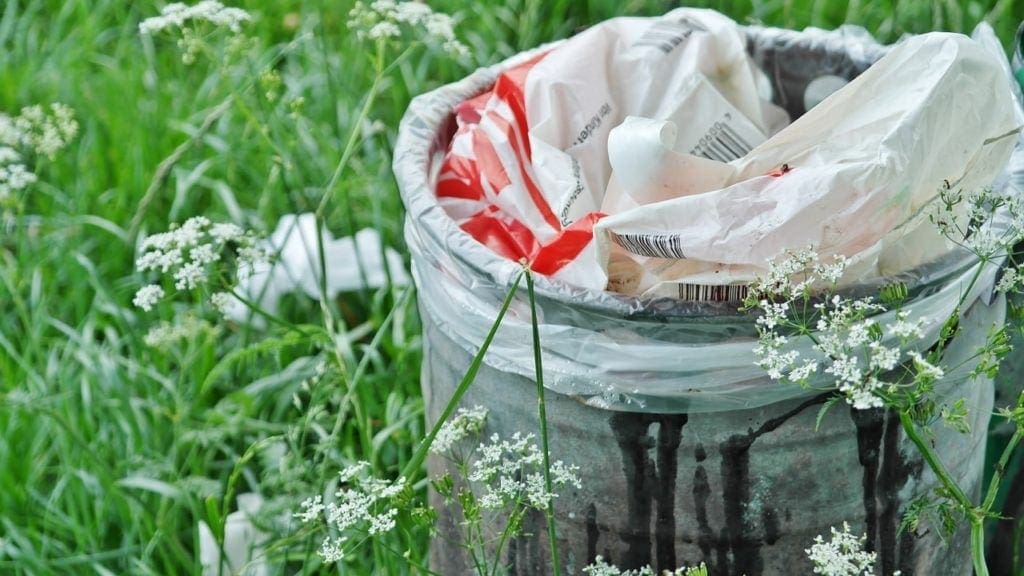
Use a separate trash bag for cat litter
We recommend for sanitary reasons that you purchase a separate trash can for your used litter. While you are free to mix up the litter with organic waste (manure or with anything compostable), this eliminates the idea of reusing your organic waste or compost in other aspects such as gardening.
In most cases, litter can be considered toxic waste as it’s usually not compostable, or even biodegradable. In doing so, you will make it easier for garbage collectors to do their job of dividing the waste properly — separating those that can potentially harm humans or the environment.
Use a new trash bag every time
Each time you dump a whole batch of used litter (full litter replacement, not your daily scoops!), you should tie off your bag, remove it from your trash can, and start a new bag for your next scoop session. This will help control odors and ensure that you’re not setting up your trash bag for potential tears from the inevitably heavyweight.
As a side note, you shouldn’t let the used litter or daily scoop waste stay unsealed in a trash bag for too long either. Regular disposal will help maintain a hygienic and fresh environment and will prevent new bacteria from forming in the contaminated litter. Without following these steps, you are running the risk of hosting house flies and foul litter odors throughout your home.
2. Compost Cat Litter
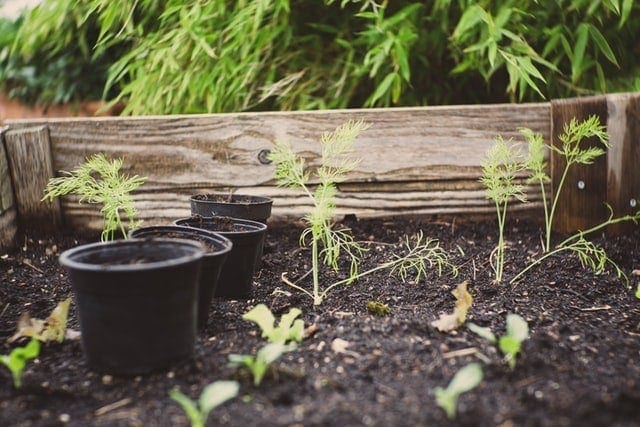
Let’s dig deeper into composting! Composting cat litter is not always the answer as most cat litters are not created from biodegradable materials. But when purchasing litter, you can look for brands that state they are compostable or are made of organic materials.
If you are unfamiliar with composting, this process breaks down organic matter into nutrient-rich soil. So rather than dumping these litters into the trash, you can process them in a compost pit and eventually turn them into fertilizer.
By choosing to use biodegradable and compostable litters, you will be contributing to a greener environment. Plus, when you choose to compost a biodegradable litter, you can have a natural fertilizer, refraining from the use of a chemical-laden commercial counterpart. A win-win!
Again, you can only compost a “compostable” litter. Clay-based and silica crystal litters are not biodegradable, so dumping them along with the browns and greens from your yard has no benefits as they simply cannot break down.
So, what are some compostable cat litters? The most common ones are those made of wheat, corn, wood, and other natural and organic materials.
How to compost cat litter
Is there a way to dispose of cat litter the green way? There are two methods that stand out and are most popular among households: the bucket method and the in-ground compost method.
Bucket method of composting
The bucket method requires, of course, a bucket or a bin. It’s usually fairly easy to manage; you can even recycle an old bucket and dump the litter in there along with other composting matter. You may also buy a specialized composting bin, such as a composting tumbler, so you can easily mix in the composting ingredients without turning them over by hand.
One downside with using buckets is that you can only compost a small amount of matter at a time. Which might not even be a real issue if you have only one cat.
In-Ground Composting
An in-ground compost pit can provide you with a wider and even deeper area to work with. It can welcome and handle more waste volume at a time. The only real concern here is finding where to set up the compost pit. It should not be anywhere near a water source; otherwise, the compost’s runoff and leaching can contaminate your water.
3. How to dispose of cat litter without plastic bags
Use a biodegradable trash bag or paper bag for cat litter disposal when collecting the soiled litter from the litter box. This way, you can throw the bag itself into the composter, instead of opening the bag up and emptying it to let the litter and waste out.
How to Dispose of Specific Types of Cat Litter
Different types of cat litter have their corresponding ideal methods of disposal. Let’s check out how you ought to get rid of the other, more specific types of litter.
Flush Recycled Newspaper Cat Litter With Caution
Recycled newspaper cat litter is an eco-friendly option in and of itself. It’s been processed in a way that makes use of post-consumer newspapers, causing no harm to the environment. The most convenient way of disposing of this litter would be to include it with your weekly trash pickups. It’s biodegradable, creating no cause for concern for your landfill.
Recycled newspapers won’t break apart like toilet paper, so flushing is not an ideal option for your pipes and your sewage system. Although some brands may advertise that their paper litter is flushable, exercise caution when choosing this method and be prepared to pay for any clogged pipes.
Perhaps, the best way to handle paper litter disposal is to switch to composting, since this litter is biodegradable, anyway. Might as well bask in the rewards of handmade (and essentially free) fertilizer!
Scoop and Throw Away Clay Clumping Litters

Scooping and bagging with heavy-duty or double bags is the only proper way of disposing of clay clumping litters as they simply do not break down.
Here is how to properly manage clay litter disposal:
- Scoop the clumps of litter using a litter scooper
- Put the scooped clumps into a thick or double-layered trash bag
- Tie the bag to close it tightly to secure litter and maintain odors
- Toss bag into an outdoor trash bin, thus removing germs, odors, and bacteria from your home environment
- Clean the scooper with disinfectant or bleach after each use and store it in a zip locked bag to prevent the spread of bacteria
Clay litter is prone to producing harmful dust that becomes airborne when cleaning out or scooping a litter box. As an extra safety precaution, wear a mask to avoid inhaling this potentially harmful clay dust.
Scoop and Toss Silica Clumping Litter
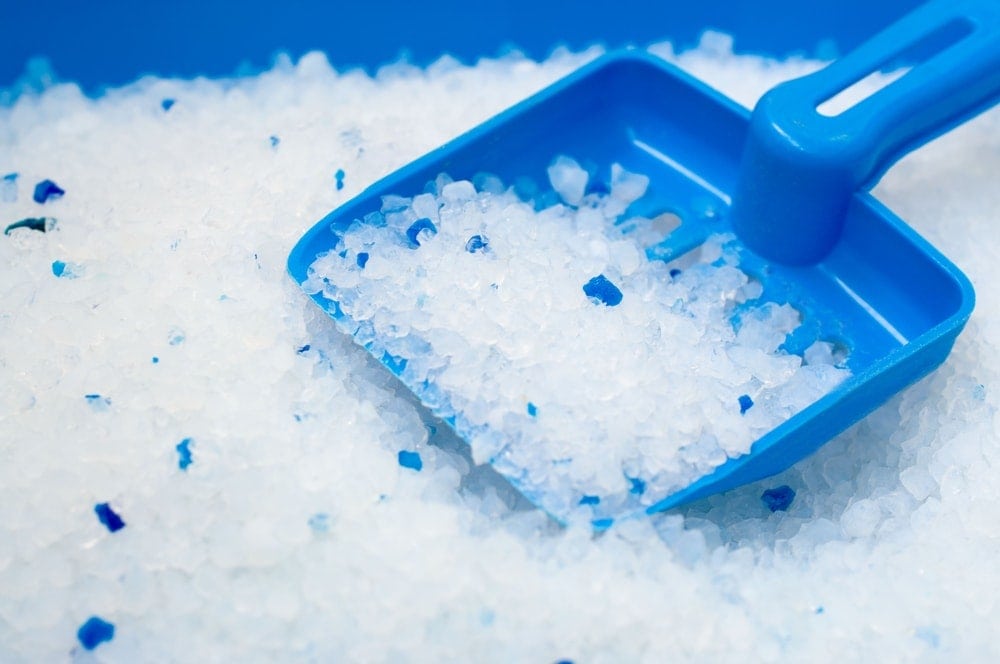
Silica or crystal litters require the same disposal method as clay litters. For the disposal procedure, simply follow the same steps that we’ve outlined for the clumping clay litter above.
Thankfully, a silica clumping litter doesn’t produce as much dust as clay litters during clean-ups. Still, inhaling or ingesting silica clumping litter dust is linked to potential health problems. So, the best practice would to be wear a mask while cleaning a crystal litter box.
4. Flushing Cat Waste
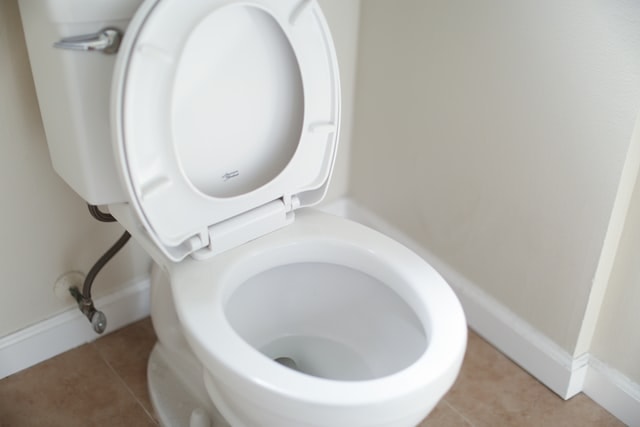
How convenient would it be to simply flush your cat’s solid waste down the toilet? While this may be the easiest way, it’s not something that we recommend unless the brand is confirmed flushable, and that you’ve checked your municipality for any flushing restrictions.
Side note, flushing unapproved waste down your toilet can potentially contaminate your waterways and may even cause blockages within your pipes, that can cost a ton to clear.
Before choosing this method, you should familiarize yourself first with the kinds of litter that are flushable.
You Can Flush Wheat and Corn Litters
Wheat and corn litters may possess some natural clumping abilities, but are not as effective as clay, silica, or newspaper litters. This is why many pet owners find it less risky to flush down wheat and corn litters.
There are several corn-based and wheat-based litters that you can safely send down the toilet. The general rule is that you should only flush a few clumps at a time. Never dump a whole batch into the toilet as you increase the chances of clogging your pipes.
You Can Flush Pine Litters
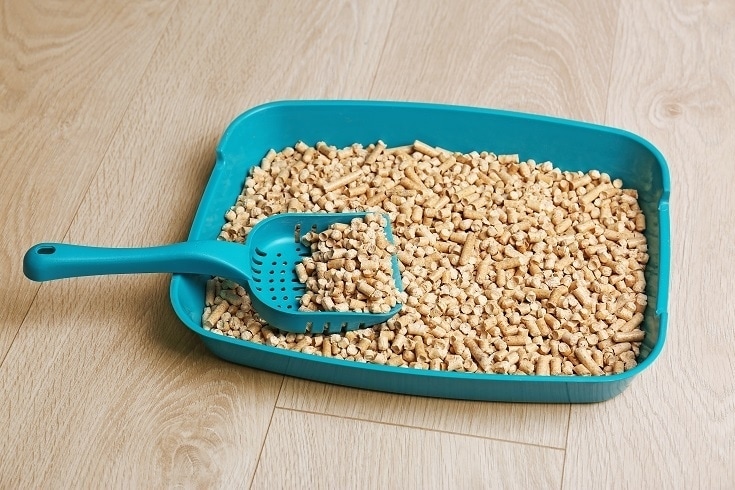
Another flushable and biodegradable option is pine litter, which is made of pine lumber. One great thing about this litter is that it can bind well with your cat’s waste. Moreover, it’s non-clumping and disintegrates very easily.
For this reason, pine litter is safe for flushing.
While it’s not as absorbent as clay litter (which is why it might require you to clean the litter box more often), pine litter is highly praised by many cat parents because of its eco-friendliness and ease of disposal.
Don’t Flush Clumping Litter Down the Toilet

Standard clumping litters should never be dumped and flushed into the toilet. Standard clumping litter refers specifically to silica/crystal and clay clumping litters.
Both silica and clay clumping litters have excellent absorption capacities, so they’re really great at keeping the litter box dry and confining the odors within the internal structure of their particles. But, this high absorption capability won’t be beneficial when exposed to the water in the toilet bowl and pipes. The clumps of clay and silica litter can swell dramatically, causing troublesome blockages in your plumbing system.
So, the best way to dispose of clay and silica litters is to bag them and throw them into the trash can. Never flush.
Conclusion
It’s important to note that proper disposal of your cat’s litter is just as crucial as finding them the right product. If all else fails, you could always teach your cat to use the toilet. Here are a few helpful tips to keep in mind!
- As much as possible, switch to an eco-friendly cat litter
- Use biodegradable trash bags. Double-layer if the litter you’re using is dense
- Make it a habit to compost
- Flush down the litter only if it is, in fact, (i) flushable, (ii) safe enough for your local sewage facility to handle, and (iii) far enough from major waterways
Now that you’ve learned about the responsible method of disposing of your cat’s litter depending on the type, you can consider your part in making the world a greener place! If you have any questions or stories regarding litter disposal, feel free to leave a comment down below. Stay responsible!
Feature Image Credit: Tanya Plotnikova, Shutterstock

